Both novice gardeners and seasoned gardeners love growing lettuce. What is its appeal?
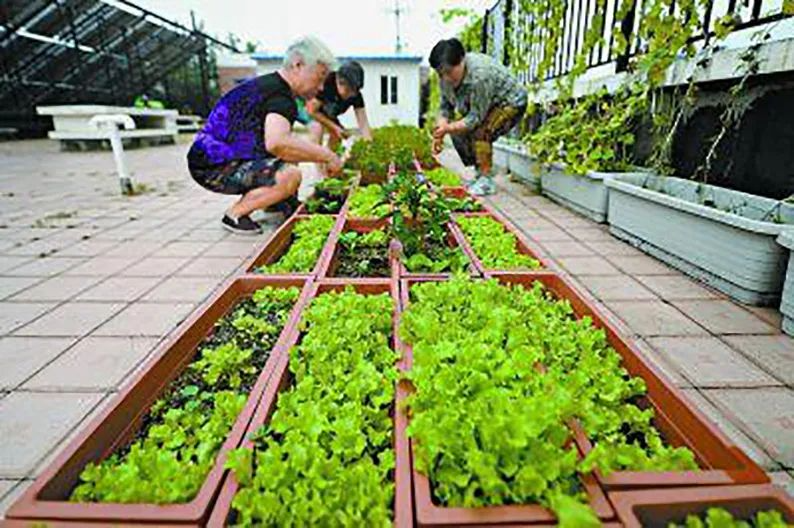
The charm of lettuce
Lettuce is so tempting to both novice and experienced gardeners for several reasons:
1. Lettuce has a relatively short growth cycle;
2. Lettuce requires less nutrients and has low requirements for the growing environment and soil;
3. There are many ways to harvest lettuce early, and many varieties can be planted in late summer and autumn;
4. Beautiful appearance, and even a large number of colorful varieties.
If you are also attracted by the charm of lettuce, let’s master the lettuce planting techniques together!
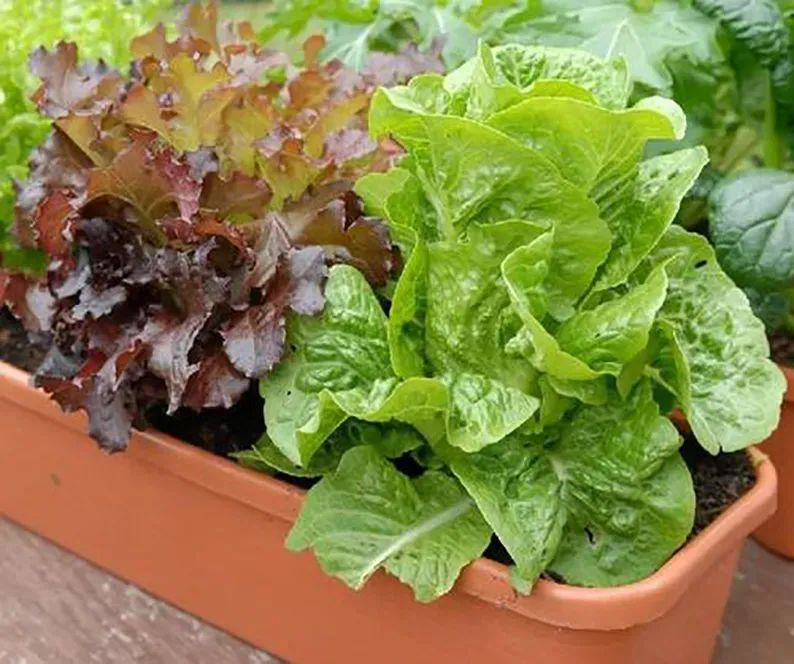
Lettuce is best picked fresh every day
Since lettuce has a significantly shorter growing cycle, Taiwanese friends only need to plant it once every two weeks to ensure that they can eat crisp green head lettuce or freshly picked loose and curly leaf lettuce almost every day!
1. Mixed-breed partner
Since lettuces require less nutrients, you can include them in your planting plan or vegetable bed as a pre-crop, inter-crop, or post-crop.
According to the principle of mixed cropping, lettuce is also a crop that is very suitable for planting with other vegetables.
Vegetables suitable for mixing with lettuce
green beans
Shi Luo
pea
strawberry
cucumber
Asan
genus
phenyl blue
pea
Leek
carrot
water radish
tomato
2. Sensitive to nitrogen fertilizer
It is worth mentioning that lettuce is very sensitive to excessive use of nitrogen fertilizers, which may make it extremely susceptible to attacks by pests and diseases, and the harvested edible part is prone to excessive nitrate content.
Therefore, it is best to test the nutrient content of the soil before planting.
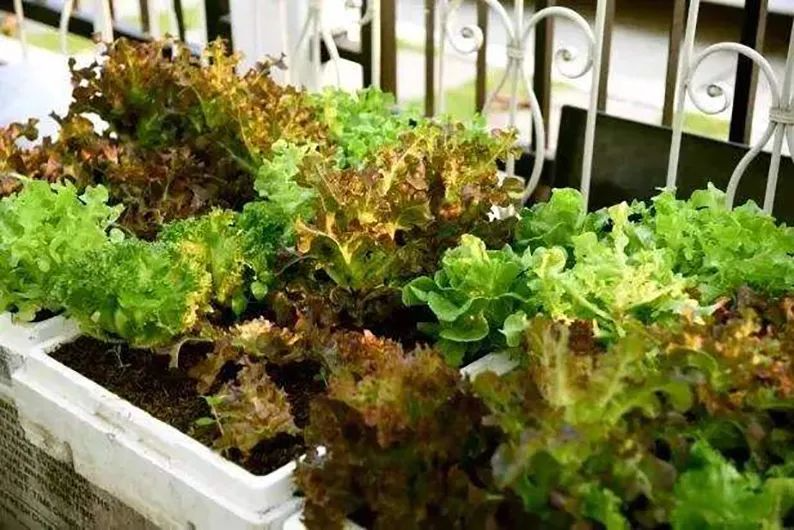
3. Growth guarantee space
Lettuce can grow into large heads, such as head lettuce or endive, so it needs a lot of space on the leaf to ensure free growth.
If you plant lettuce in rows next to each other, especially in a smaller garden, the reserved space will quickly be used up, and gaps will appear between the head where the plants are not planted.
The director recommends a space-saving group planting method: adjacent planting rows are not set in parallel, but cross-planted, and each lettuce is located in the gap between the other two plants. In this way, the vegetable field can obviously accommodate more plants.
4. Make full use of space
In order to make efficient use of space, crops with shorter growth times such as water celery or sea cucumber can be planted at the same time as lettuce.
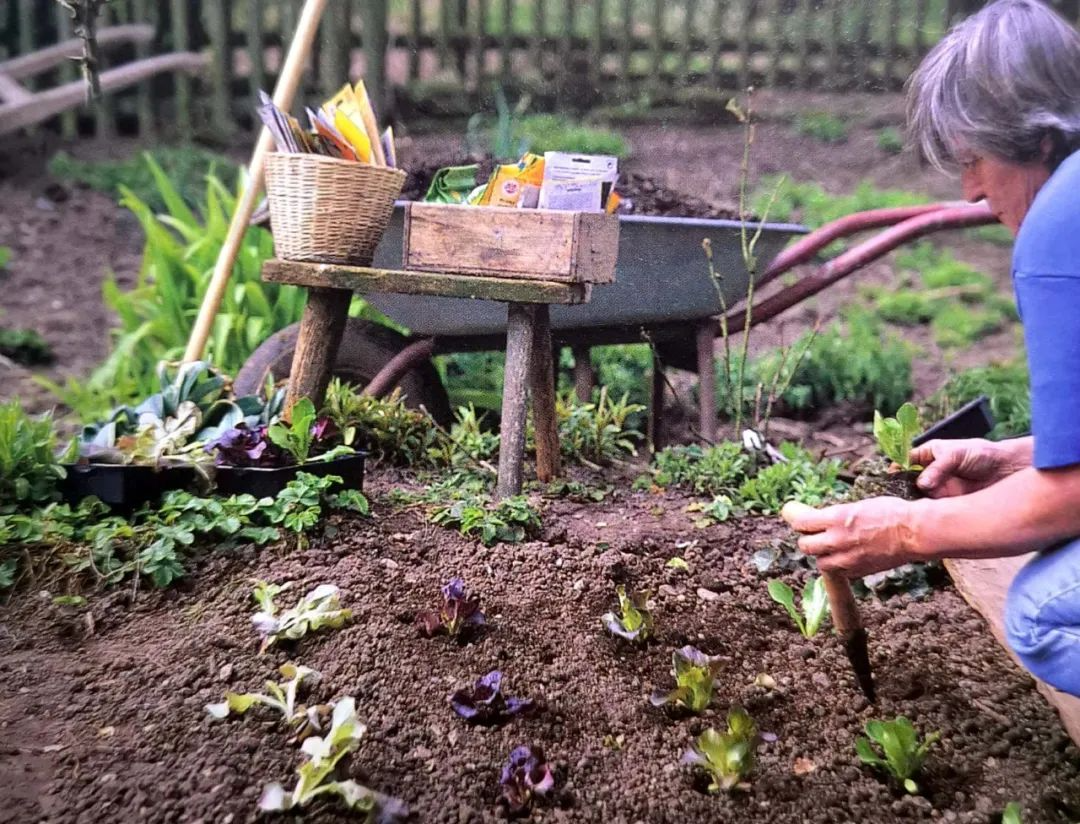
Tips for growing lettuce
1: Lettuce likes to be in a high position
1. Before planting, you need to loosen the soil thoroughly and apply a thin layer (about 1cm) of mature compost on the surface.
2. Dig a small hole slightly larger than the plant's root ball or container soil ball and place the plant in it.
Master's Tip: Remember, lettuce prefers to be planted shallowly! Make sure the cotyledons are exposed above the soil and the root collar is not buried in the soil. This will prevent the lettuce from developing bottom rot.
For seedlings with a container ball, one-third of the ball should be exposed above the ground. This way, even if the plant needs to be moved after planting, it will not cause damage to the plant.
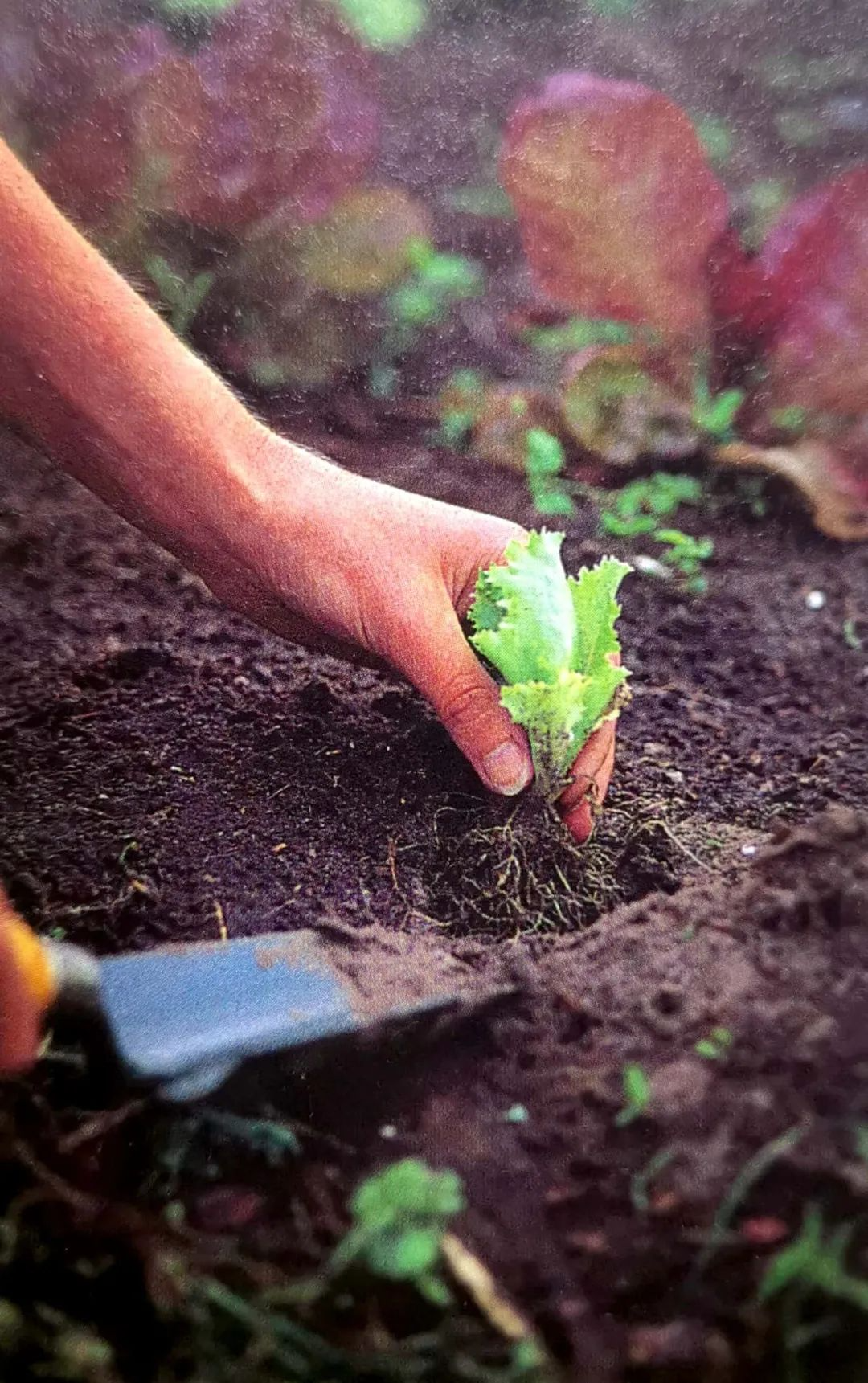
2: Need to cover glass and film
Whether in a greenhouse or under film covering, plants need regular ventilation to avoid the formation of condensation, which can lead to infection by harmful fungi.
Due to the shorter days and weaker light intensity in spring and autumn, lettuce grown under film and in greenhouses can easily accumulate unnecessary nitrates in its leaves.
To avoid this situation as much as possible, Taiwanese friends can choose to pick lettuce in the afternoon, because at this time, part of the nitrate formed in the dark environment has been decomposed.
Master's Tip: Lettuce is very suitable as the first and last plant used in greenhouses, hotbeds and film planting in a year.
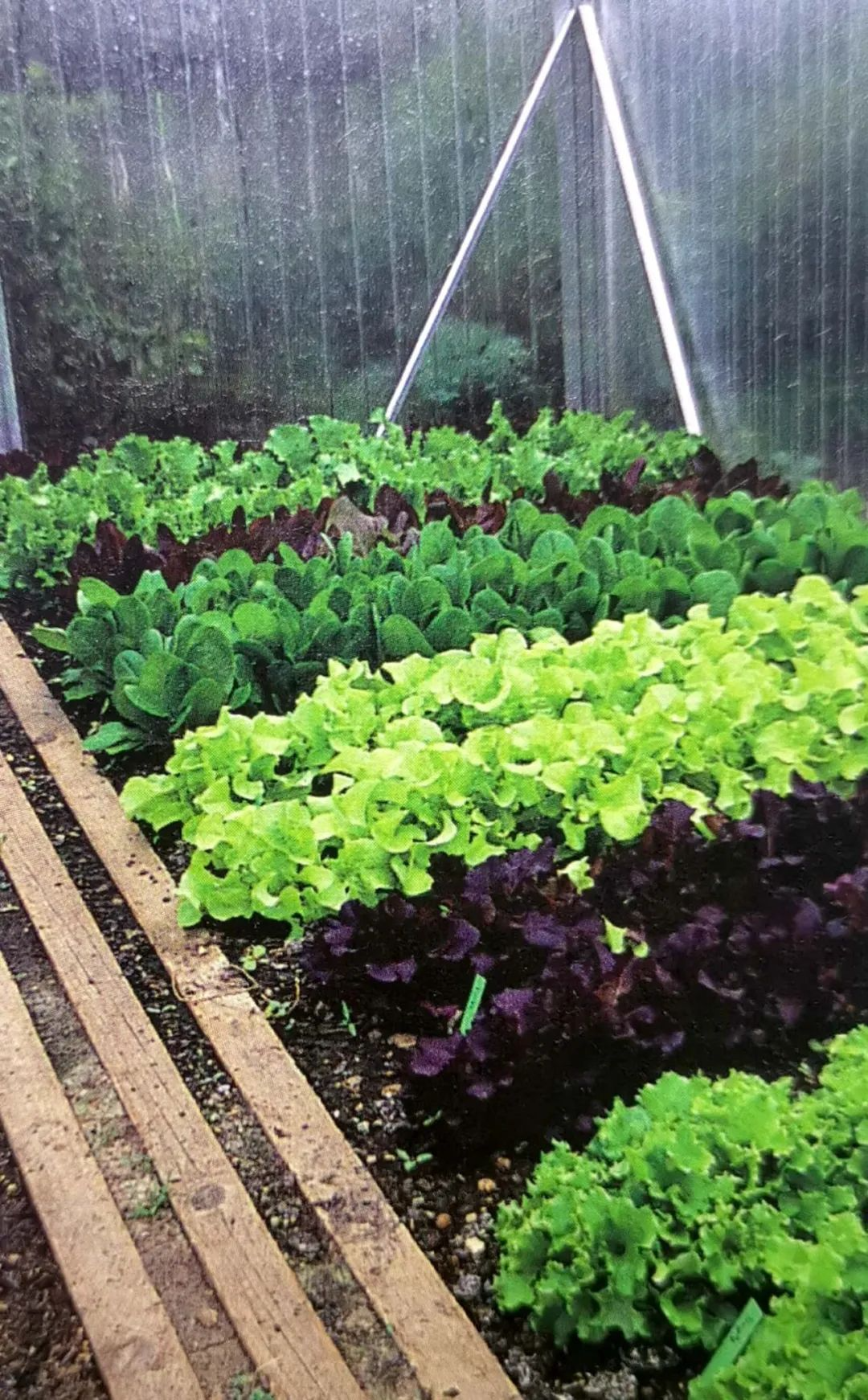
Three: Watering and adequate protection
1. Since lettuce roots grow relatively shallowly in the soil, they cannot penetrate deep into moist soil.
Therefore, you need to ensure that the surface of the soil is moist enough to keep your lettuce crops at a stable humidity.
2. When watering the soil around the lettuce, try to avoid watering the lettuce head directly, otherwise it will quickly cause fungal diseases such as lettuce bottom rot.
3. The first lettuces planted in spring may be threatened by cold late frosts.
Ready-made plastic plant covers are very effective tools for protecting individual plants from frost and are easy to apply and remove.
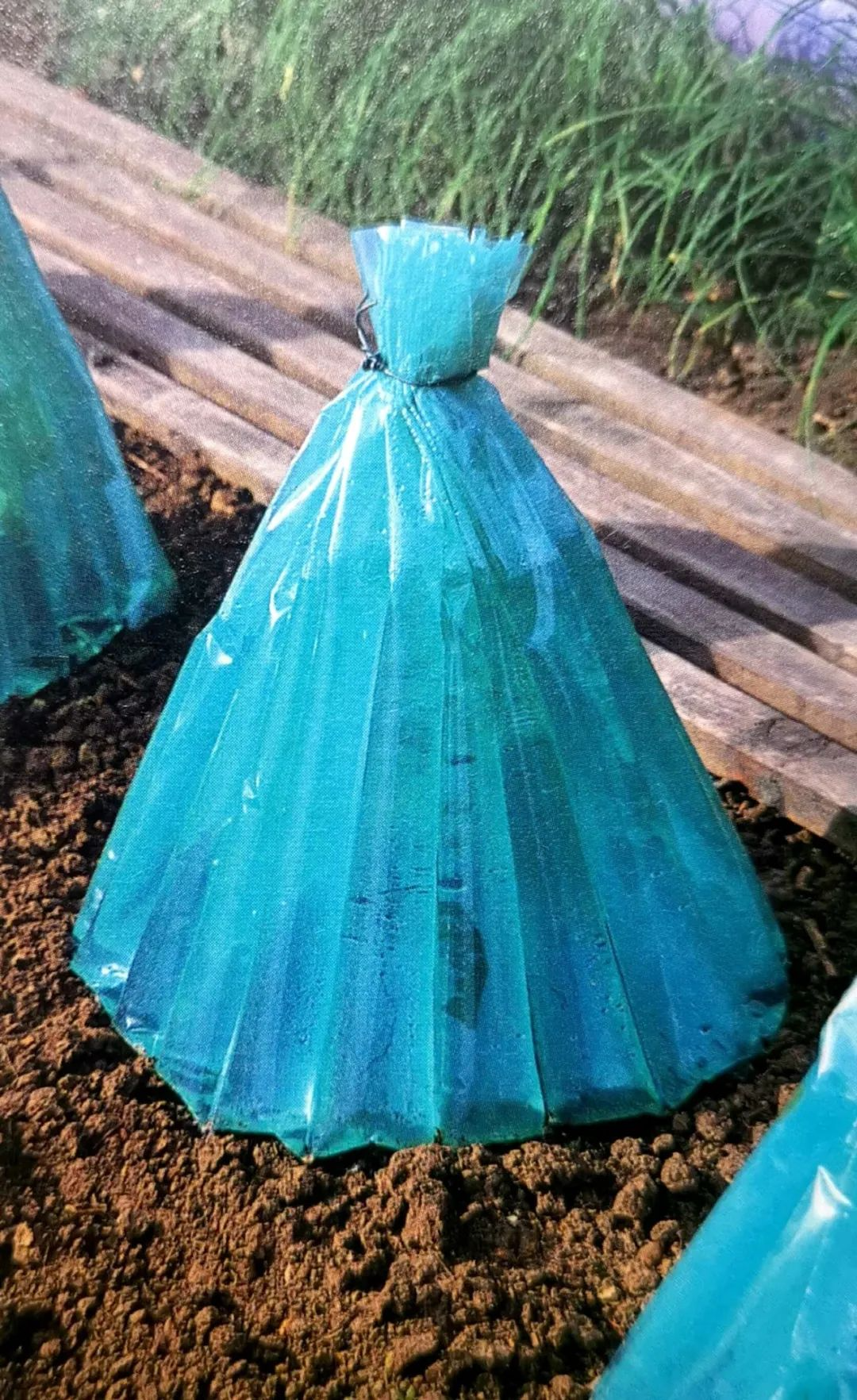
From the perspective of nutritional ingredients, cabbage lettuce is rich in vitamins, minerals, and magnesium oxide that can enhance physical strength. It also contains a certain amount of chlorophyll that is beneficial to health. From the perspective of taste buds, lettuce is crisp and refreshing, with a fresh fragrance. No wonder when it comes to growing vegetables, both novice growers and gardening experts prefer and pamper it.
At this point, I have to say that every time I recommend flowers and plants suitable for balcony planting, or share planting tips with you, I will be responsible for you to the end. If you encounter any problems in the process of planting lettuce, the old way is to come to the master, hahahahahaha...
If Taiwanese friends can come to us, it is a kind of trust.
Master is carrying the trust in us and will not let us down!

Planted on the balcony